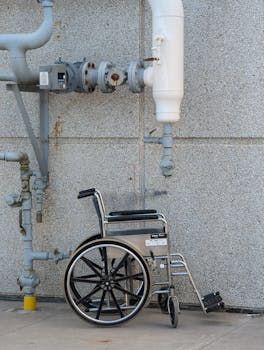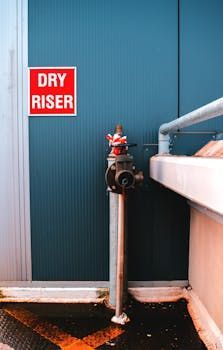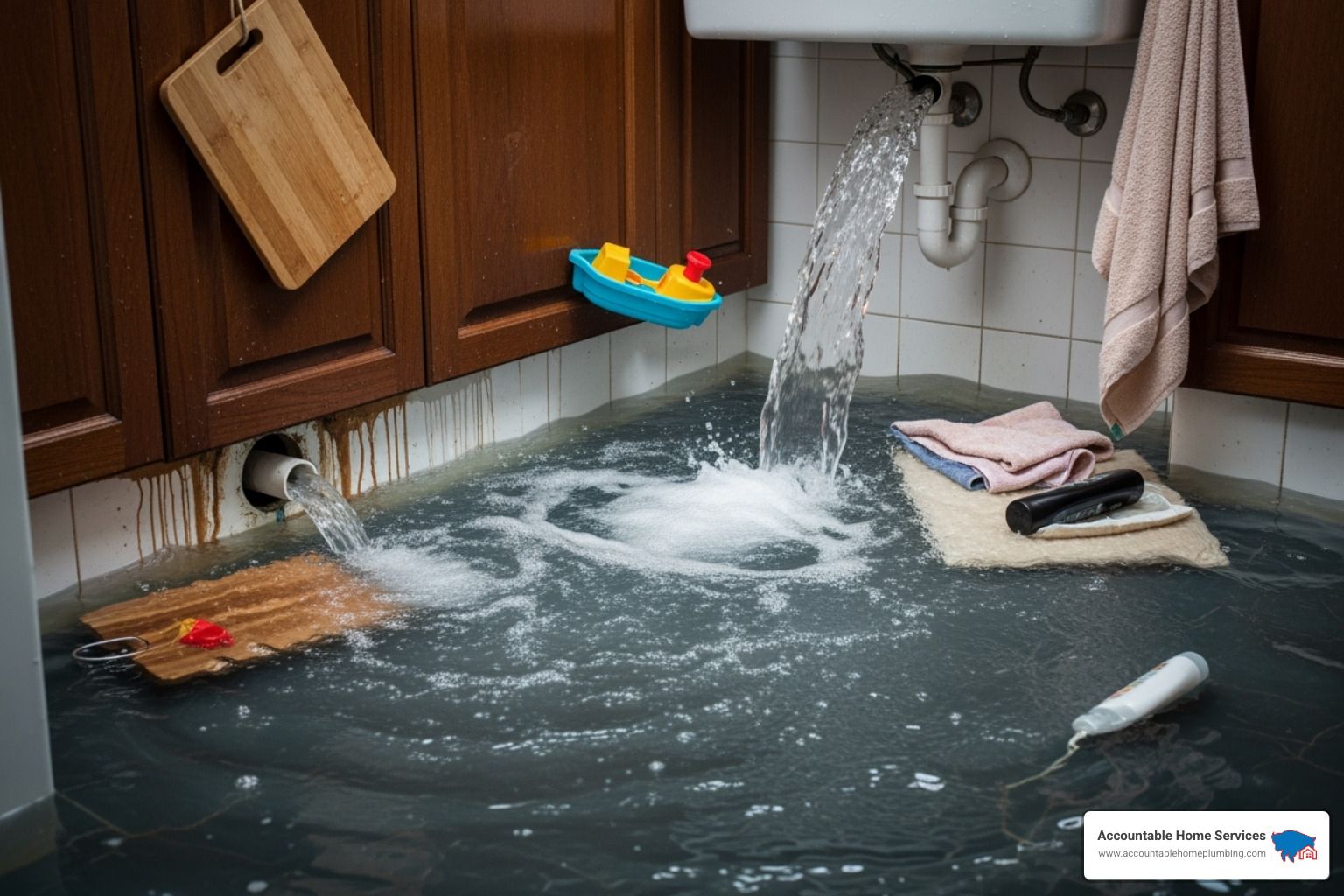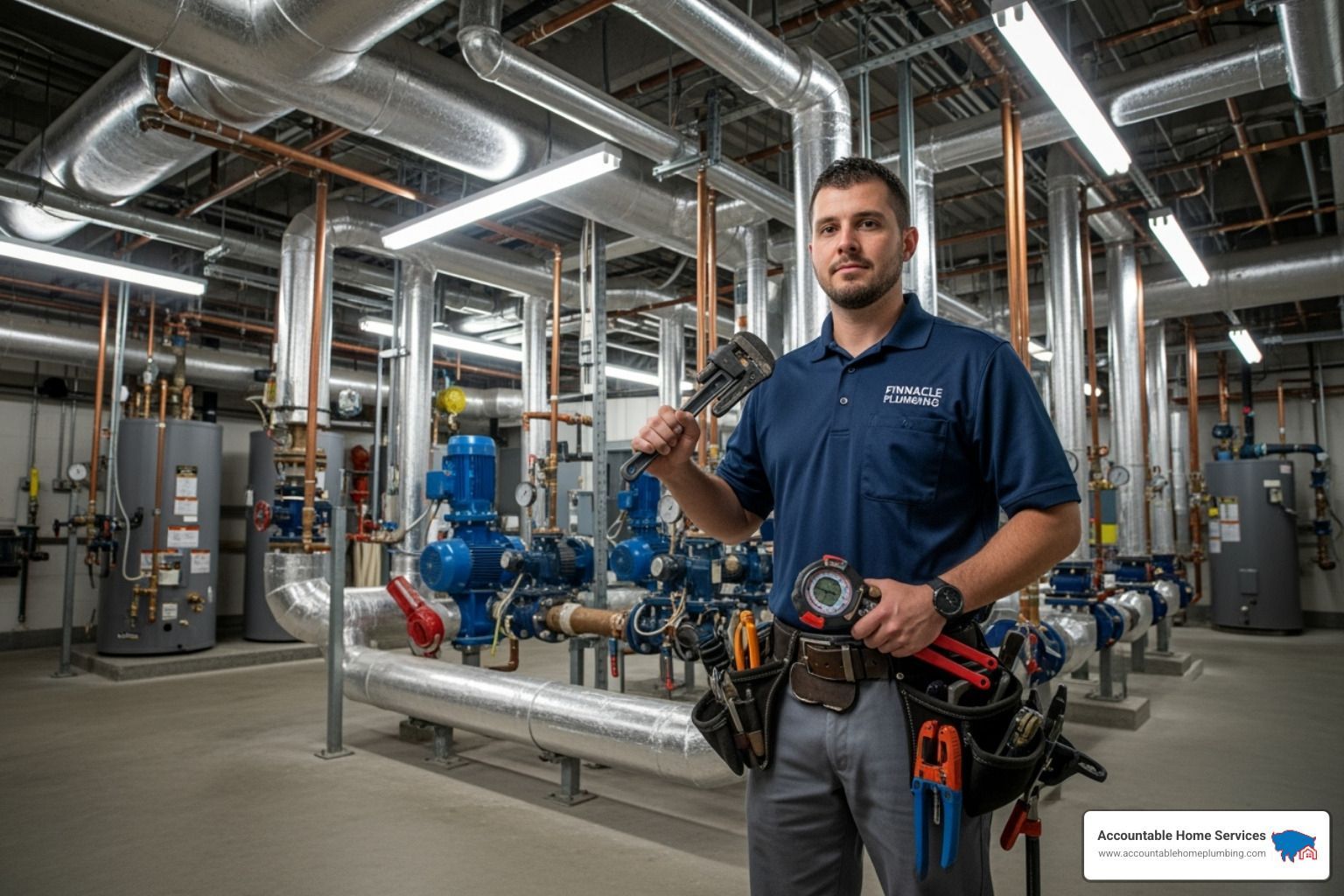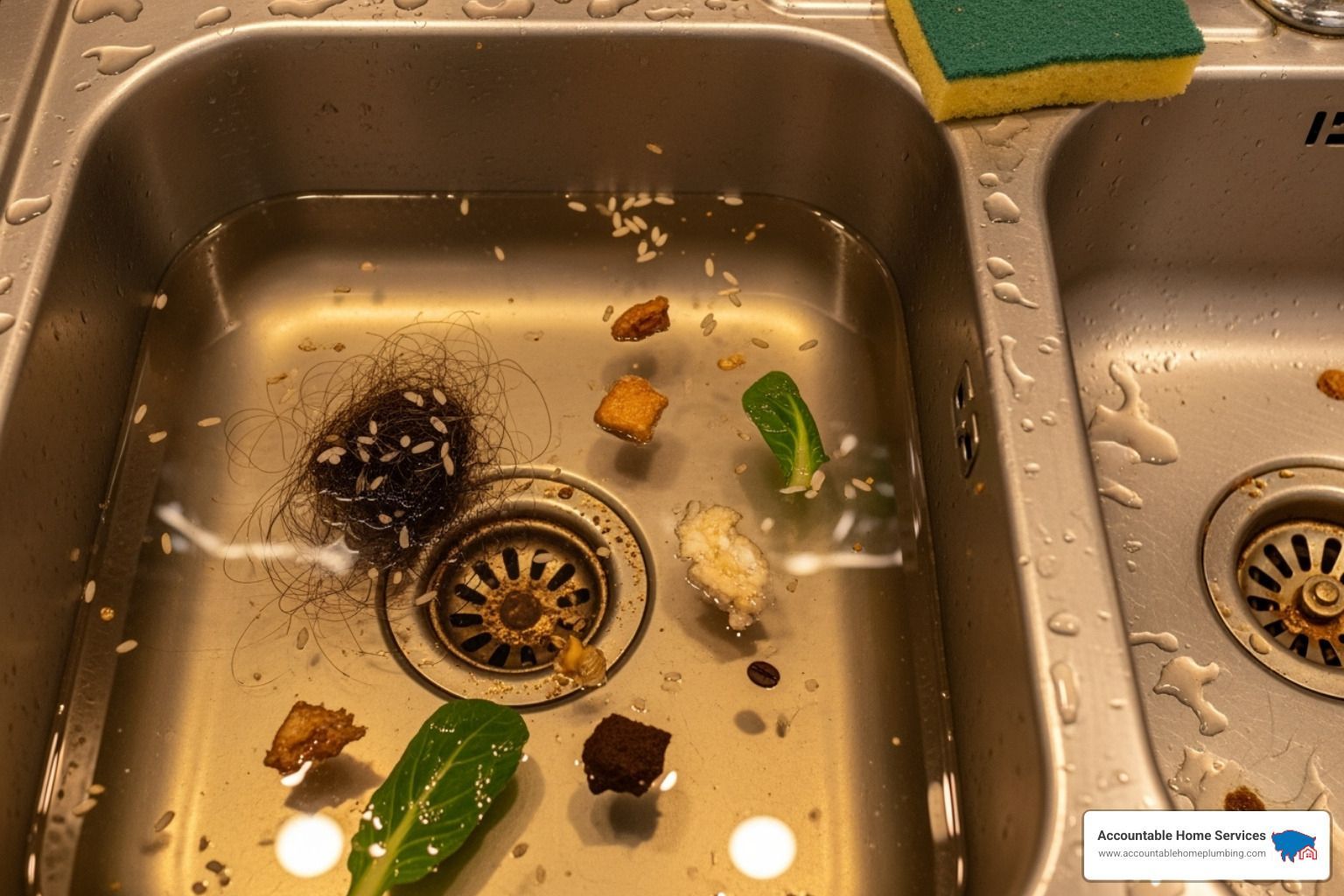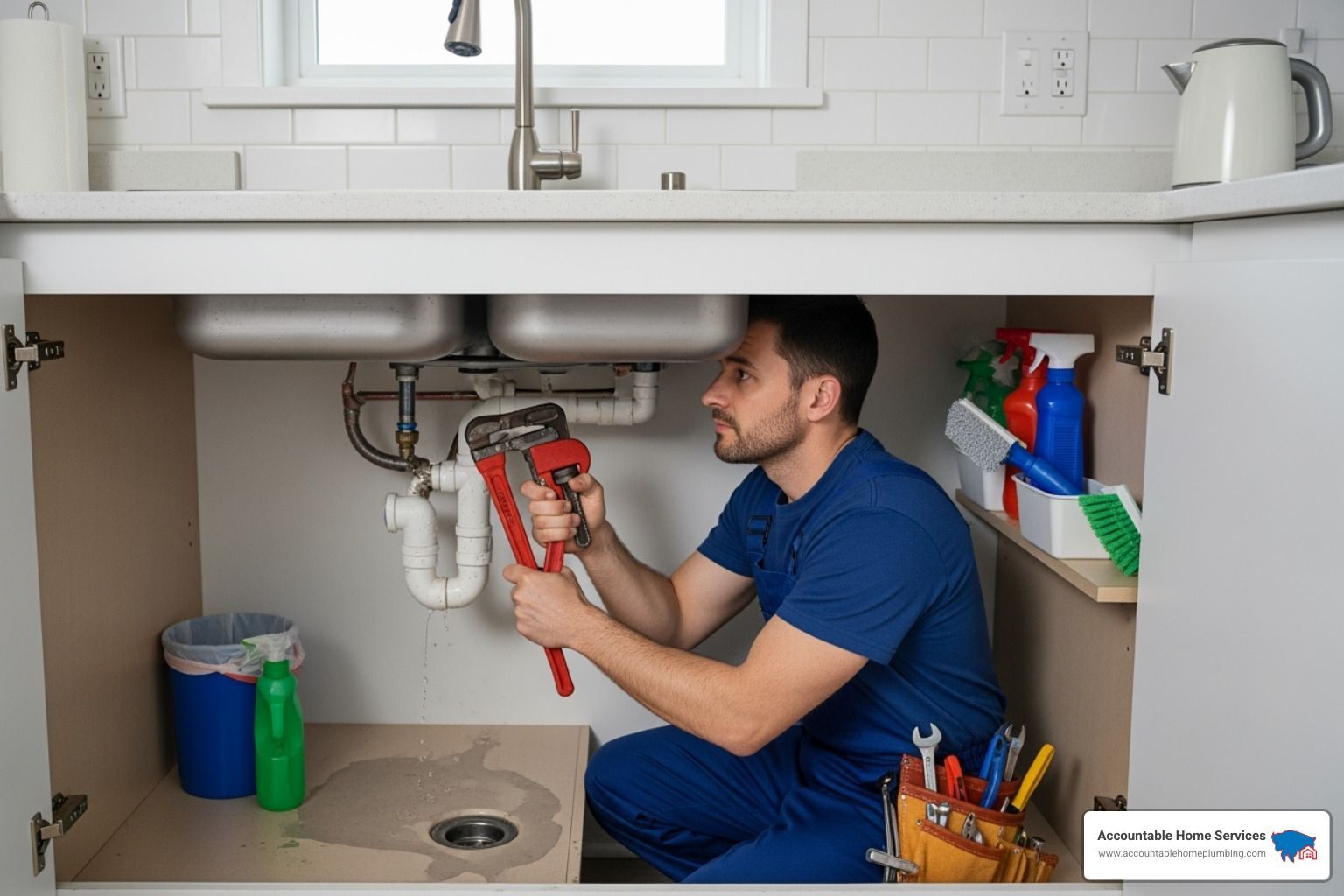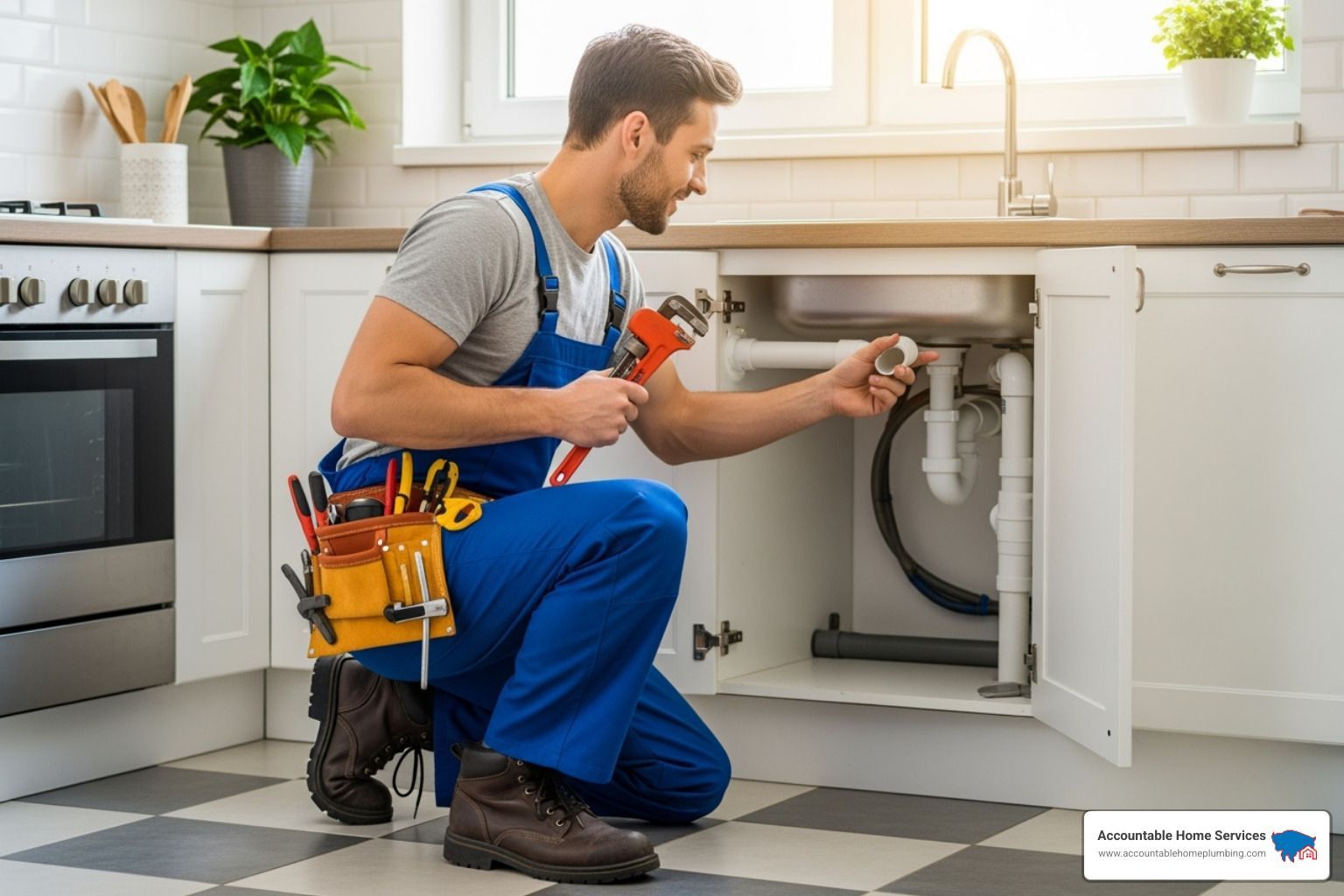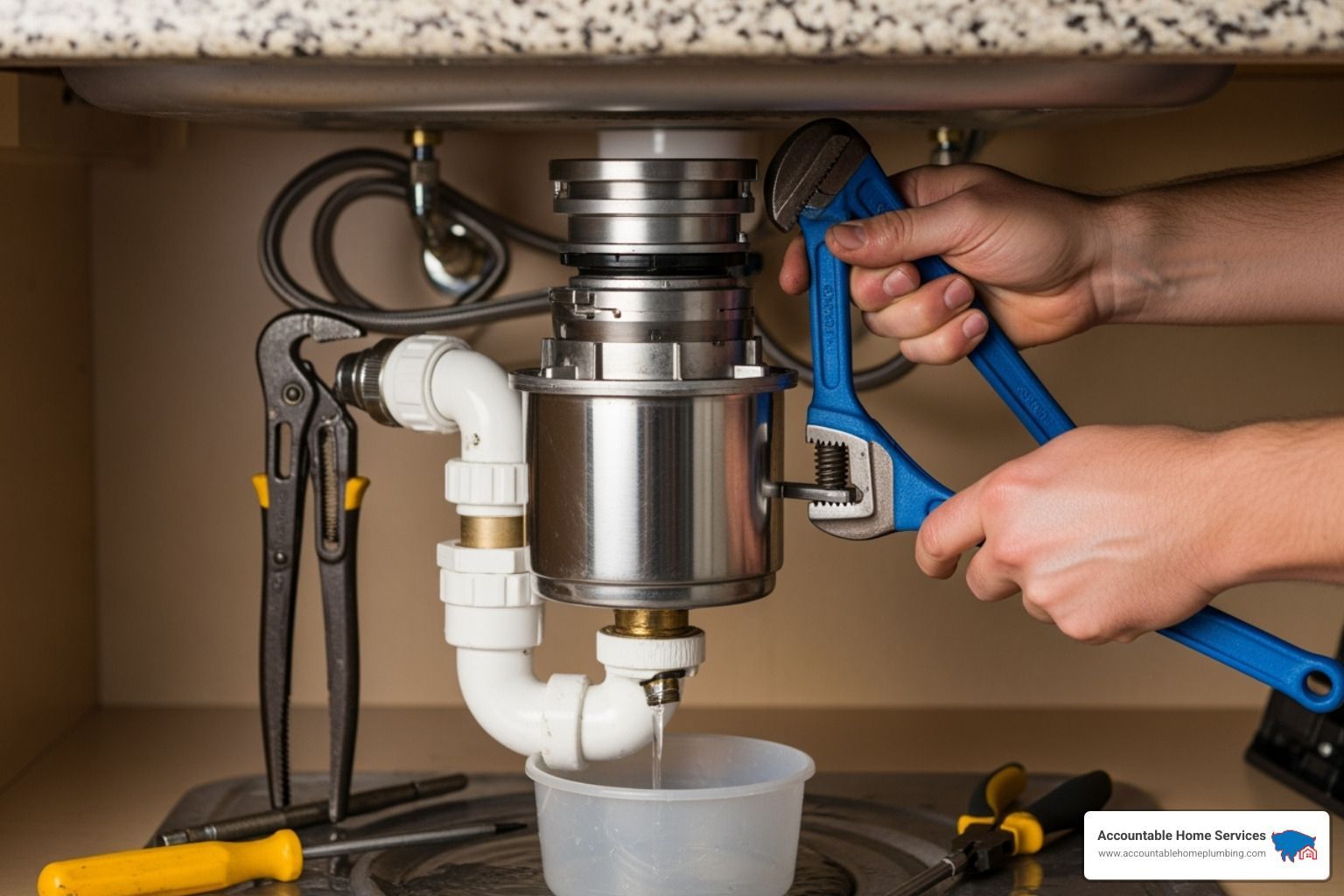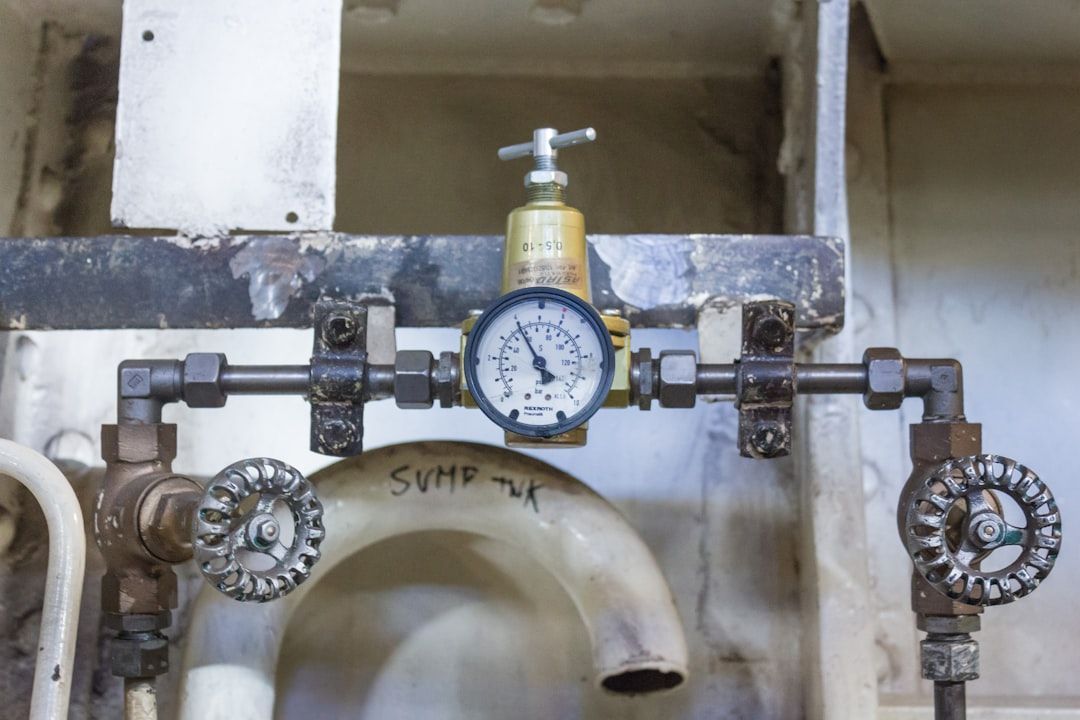Save Water, Save Money: Essential Water Conservation Tips for Colorado Homeowners
Water conservation isn't just about being environmentally responsible – it's also about saving money on your monthly utility bills. In Colorado, where water is a precious resource and drought conditions are becoming more common, every drop counts. Accountable Home Plumbing is here to help you implement smart water-saving strategies that benefit both your wallet and our community's water supply.
1. Understanding Your Water Usage and Costs
The average American family uses more than 300 gallons of water per day at home, with roughly 70% of this use occurring indoors. In Denver and surrounding areas, water rates have been steadily increasing, making conservation more important than ever. Understanding where your water goes is the first step in reducing consumption. Toilets account for about 24% of residential water use, washing machines use 16%, showers use 17%, and faucets use 19%.
Your water bill tells a story about your household's habits. Take time to review your monthly statements and look for patterns. Summer months typically show higher usage due to lawn watering and outdoor activities. If you notice unexplained spikes in usage, this could indicate a hidden leak that's wasting water and money. Many water utilities now offer online portals where you can track daily usage and set alerts for unusual consumption patterns.
The true cost of water waste extends beyond your monthly bill. Consider the energy costs associated with heating water – your water heater accounts for about 18% of your home's energy use. When you waste hot water, you're also wasting the energy used to heat it. This double impact makes water conservation one of the most effective ways to reduce overall utility costs.
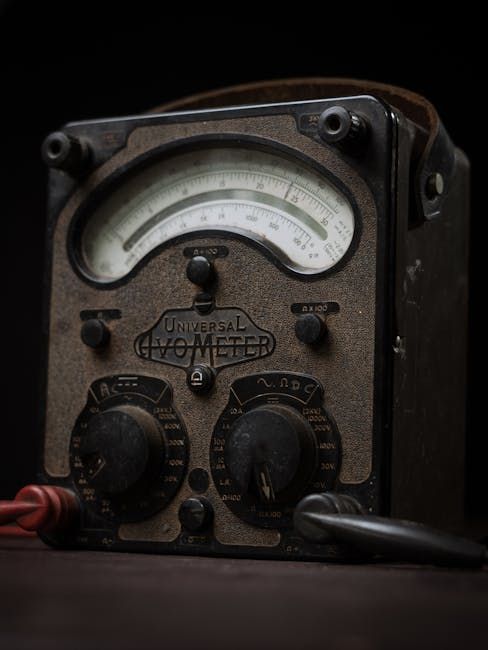
Setting water conservation goals for your family can turn saving into a fun challenge. Track your progress monthly and celebrate milestones. Many families find they can reduce water usage by 30% or more without sacrificing comfort, translating to hundreds of dollars in annual savings.
2. Quick Fixes for Immediate Water Savings
Simple behavioral changes can yield immediate water savings without any investment. Turn off the tap while brushing teeth – this alone saves up to 8 gallons per day per person. When washing dishes by hand, fill one basin with wash water and another with rinse water instead of letting the faucet run continuously. These small changes add up to significant savings over time.
Fix leaks promptly – they're water conservation enemy number one. A single dripping faucet can waste over 3,000 gallons per year, enough water for more than 180 showers. Toilet leaks are particularly wasteful and often go unnoticed. Place a few drops of food coloring in your toilet tank; if color appears in the bowl without flushing, you have a leak that needs repair. Most toilet leaks can be fixed with a simple flapper replacement that costs less than $10.
Install low-cost water-saving devices for instant impact. Faucet aerators cost just a few dollars but can reduce water flow by 30% without affecting water pressure. Low-flow showerheads, available for $20-40, can save a family of four up to 2,900 gallons annually. These devices typically pay for themselves within months through reduced water bills.
Adjust your water heater temperature to 120°F. This prevents scalding, reduces energy consumption, and decreases mineral buildup in pipes. For every 10°F reduction in water heater temperature, you can save 3-5% on water heating costs. Also, consider insulating your water heater and hot water pipes to reduce heat loss and get hot water faster, reducing the amount of water wasted while waiting.

What about your daily shower routine? Cutting shower time by just two minutes can save up to 10 gallons per shower. Consider using a shower timer or playing a favorite song to keep track of time. Some families make it a game to see who can take the quickest effective shower.
3. Smart Upgrades for Long-Term Savings
Upgrading to WaterSense-labeled fixtures is one of the best investments you can make for water conservation. These EPA-certified products use at least 20% less water than standard fixtures while maintaining excellent performance. A WaterSense toilet uses just 1.28 gallons per flush compared to older models that use 3.5 to 7 gallons. For a family of four, this upgrade alone can save over 16,000 gallons annually.
Consider installing a tankless water heater when it's time to replace your current unit. These on-demand systems heat water only when needed, eliminating standby energy losses and reducing water waste while waiting for hot water. Though the initial investment is higher, tankless heaters last longer than traditional units and can reduce water heating costs by 24-34% for homes using less than 41 gallons of hot water daily.
Smart home technology offers innovative water conservation solutions. Smart leak detectors can alert you to problems immediately via smartphone, preventing catastrophic water damage. Smart irrigation controllers adjust watering schedules based on weather conditions and soil moisture, reducing outdoor water use by up to 50%. Some smart shower systems even pause water flow while you're soaping up, maintaining temperature for when you're ready to rinse.
Greywater recycling systems represent the next level of water conservation. These systems capture water from showers, bathroom sinks, and washing machines for reuse in toilet flushing or landscape irrigation. While requiring professional installation, greywater systems can reduce indoor water use by up to 40%. In Colorado, proper permits are required, but the long-term savings and environmental benefits make this a worthwhile consideration for eco-conscious homeowners.
4. Outdoor Water Conservation Strategies
Landscape irrigation accounts for nearly half of residential water use in Colorado during summer months. Smart watering practices can dramatically reduce this consumption. Water your lawn early in the morning or late in the evening to minimize evaporation. Adjust sprinkler heads to avoid watering sidewalks and driveways. Use a rain gauge to track how much water your lawn actually receives – most lawns need only 1 to 1.5 inches per week, including rainfall.
Xeriscaping with native, drought-tolerant plants is becoming increasingly popular in Colorado. These landscapes require minimal watering once established and can be just as beautiful as traditional lawns. Consider replacing portions of your grass with decorative rock, mulch, or native groundcovers. Many municipalities offer rebates for lawn replacement programs, making this transition more affordable.
Mulching around plants and trees helps retain soil moisture, reducing the need for frequent watering. A 2-3 inch layer of organic mulch also suppresses weeds, moderates soil temperature, and improves soil quality as it decomposes. This simple addition to your landscape can reduce watering needs by up to 50% while improving plant health.
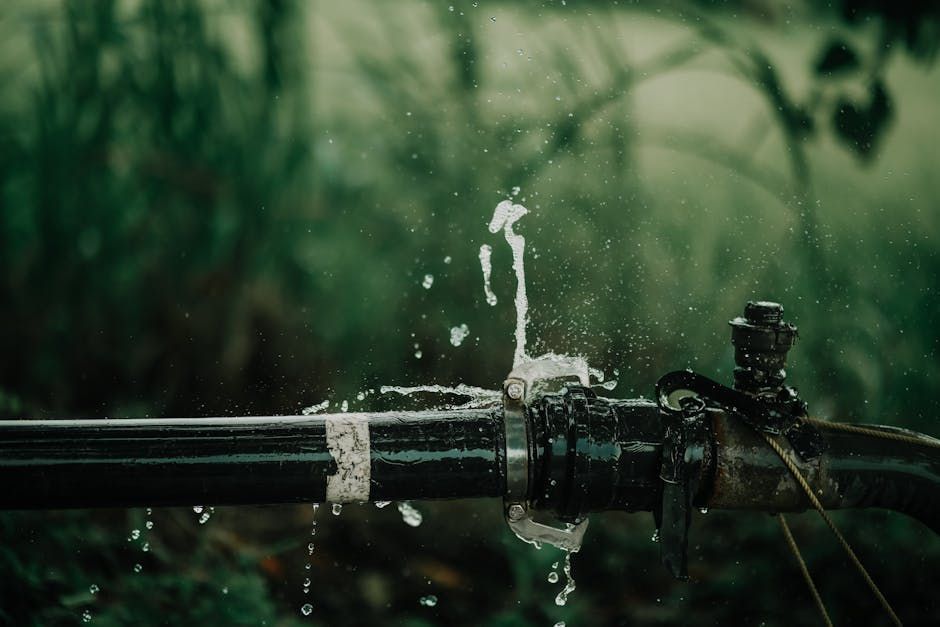
Consider installing drip irrigation for gardens and flower beds. These systems deliver water directly to plant roots, reducing evaporation and runoff. Drip systems use 30-50% less water than conventional sprinklers and can be automated with timers for consistent, efficient watering. Many homeowners find they can install basic drip systems themselves for under $100.
5. Teaching Water Conservation to Your Family
Making water conservation a family effort multiplies your impact and teaches children valuable life skills. Create visual reminders near sinks and showers about turning off taps and taking shorter showers. Young children often respond well to sticker charts tracking their water-saving actions. Older children can help read the water meter and calculate monthly savings.
Turn conservation into educational opportunities. Conduct home water audits together, hunting for leaks and identifying wasteful habits. Show children how much water different activities use by collecting it in buckets – they're often surprised by the volume. Discuss how saving water helps protect Colorado's rivers and wildlife, making the connection between home actions and environmental impact.
Lead by example with your own water use habits. Children learn more from what they observe than what they're told. When they see parents being mindful about water use, they naturally adopt similar behaviors. Share your water bill savings with the family and consider using a portion for a fun family activity, reinforcing the positive outcomes of conservation efforts.
Have you thought about creating family challenges around water conservation? Set monthly goals and track progress together. Perhaps the money saved on water bills could go toward a family vacation fund or favorite charity. This approach makes conservation feel less like sacrifice and more like achievement.
Conclusion
Water conservation is a win-win proposition that benefits your budget, your home, and your community. By implementing these strategies, from simple behavioral changes to smart technology upgrades, you can significantly reduce water consumption without sacrificing comfort or convenience. Remember, every drop saved is money in your pocket and a contribution to Colorado's water security. If you need help identifying leaks, upgrading fixtures, or implementing water-saving solutions, Accountable Home Plumbing is here to help. Our team can perform comprehensive water audits, recommend appropriate upgrades, and ensure your plumbing system operates at peak efficiency. Contact us today at (720) 620-3272 to start your water conservation journey!


